Leaping years ahead, sometimes even decades, is what Citroën is most famous for. It has made cars that levitated. Cars whose headlights peered around corners. Cars with suspension resembling frogs’ legs, their wheels able to cross terrain usually the habitat of tractors. Citroën has made cars inspiring learned philosophical prose, cars transporting cinematic love stories, cars to traverse remote parts of the planet and cars whose ingenious inner plumbing helped save a French president from assassination.
Citroën is still innovating today, if not at the rate that it did during its first 50 years of life, and it may be about to innovate more boldly again, if its latest Ami One urban car and centenary-celebrating 19_19 concepts are genuine in their ambition. But that’s in the future. Right now, we’re driving Citroën’s new C5 Aircross to Paris, birthplace of the company and location for various centenary celebrations, among them a 100-car display of Citroëns on the site of the original factory at Quai de Javel. The C5 Aircross doesn’t present the extreme styling of some of these cars and trucks, but its make-up certainly mirrors the emphasis on practicality and comfort that has distinguished some of the marque’s most famous models, from the 1934 Traction Avant to the 2CV and today’s C4 Cactus.
The C5’s novelties include Citroën’s Progressive Hydraulic Cushion suspension, an ingenious rethink of the traditional bump-stop that allows the car to ride on softer springs and dampers without listing like a holed ship. The suspension is intended to complement comfort seats whose 15mm of extra foam topper aims to further soothe, a feature that’s standard on the C5’s top two Flair and Flair+ trims. Our car is the latter version, pulled by a 180bhp 2.0-litre diesel via an eight-speed automatic.

The practical end of the equation is provided by an almost totally flat floor – rare, despite the domination of propshaft-free front-wheel drive these days – and a back bench whose centre seat is as big as those flanking it, another rarity. They’re hardly the reinvention of the motorcar, these features, but they’re evidence of Citroën’s rekindled quest to design exceptionally comfortable cars that are down-to-earth useful.
The C5’s more softly absorbent ride is evident within metres of leaving Autocar’s road testing HQ in Feltham, where there are plenty of small-to-medium-scale bumps on the urban back roads to the M25. The Citroën sponges them up, often with a serenity redolent of the days when almost every French car rode with the supple elasticity of a bounding frog (no pejorative intended). But interruptions to this pillowy comfort occur, sometimes abruptly, if the C5 strikes a bigger, more invasive bump, the car being jostled in ordinary, unsophisticated style. Citroën’s old hydropneumatic suspension would cope better, but a chassis insider met later at the celebrations reveals that there are more Hydraulic Cushion developments on the way to tackle this issue.
It would nevertheless be great to see more engineering solutions worthy of the man whose name appears on these cars. The restlessly inventive Andre Citroën was not only the driver of up-to-the-minute engineering, but also an energetic marketer of his company and his cars, the boldness of many of his ideas worthy of today’s tech companies. Take finding your way.

Today, we have sat-nav, Google Maps, Waze, signposts and a (fairly) logical road numbering system. But when the car was young and most journeys short, navigating a route beyond familiar territory was at best frustrating, at worst hazardous. In 1921, Citroën began a collaboration with France’s Automobile Club that saw a network of Double Chevron-branded signposts – France’s first – deployed across the country. That way, his brand couldn’t fail to be noticed by motorists and just about every other road user. Today, those Double Chevron road signs are long gone, their directing and publicising jobs done.
Andre Citroën might be amazed at the reach of the company now, even if it is far from the biggest car brand on the planet. It was an early player in new, not-quite-capitalist late 20th-century China, the world’s biggest car market and one of Citroën’s most crucial despite recent turbulence, it’s big in Europe, big in parts of Africa and intent on becoming bigger still, especially beyond its home continent.
On the rather less adventurous venue of a wide, lightly trafficked autoroute, the C5 feels stable, relaxed and impressively quiet, the calm spoiled only by occasional wind noise and, if you work it hard, a diesel that airs too much of its rattling grumble. The relative novelty of sitting high in a Citroën (the C3 Aircross SUV is pretty new too, and few remember the Mitsubishi Outlander-based C-Crosser) adds an aura of light indomitability to the C5 mix as we do battle in the tollbooth grand prix. This is a race won with wits as much as grunt, although the 180 BlueHDI has plenty of that – 395lb ft, a 2000rpm torque peak and an eight-gear choice enable it to depart the card payment machine surprisingly smartly. So the flatlands of northwestern France roll by fast.

Diversions to explore old villages and lanes that would once have been a rural stage for the whirring thresh of farmers’ 2CVs reveal steering feel vastly better than the smaller C3 Aircross provides, simply because there’s a measure of accumulating resistance as you swivel the wheel. Citroën’s smaller SUV provides so little of this that you wonder whether it’s steer-by-wire. Resistance doesn’t mean that you’re being telegraphed topographical intelligence – little of this emerges even when the C5 is pushed hard around a deserted French rural roundabout, traction control dormant – but the steering wheel definitely feels mechanically connected to the wheels just ahead of it.
Understeer is the barely surprising product of such brisk circling, and it gradually turns to a front-end slide at speeds lower than one might expect. Lift-off and grip is soon restored, and without sending the Citroën’s tail into an arc. Bends are not so common in this flattish part of northern France – the roads are long narrow but open enough to allow moderately high speeds past fields and the odd farm building, usually decaying. Of course, most SUVs aren’t driven so briskly off motorways, but you’re left in no doubt that though this Citroën is competent enough dynamically, the comfort side of the ledger is where its main assets reside. Space is another of these, and there is plenty of it to be found in the front, middle and rear sections of the cabin. It doesn’t shout its advantages, this car, but it certainly has them.
Some visual shouting was Andre Citroën’s mission when he colonised what is now France’s most famous architectural real estate – the Eiffel Tower. From 1925 to 1934, the C-I-T-R-O-E-N characters adorned the artfully tapering flanks of this steel-lattice symbol of progress, their neon illuminations visible from kilometres away. Citroën wasn’t merely thinking about the near, either. His imagination was entranced by the exotic exploratory potential of the motor car and the possibility of desert crossings. These were eventually achieved with the extraordinary Kégresse half-tracks, a mission that produced a feature film.
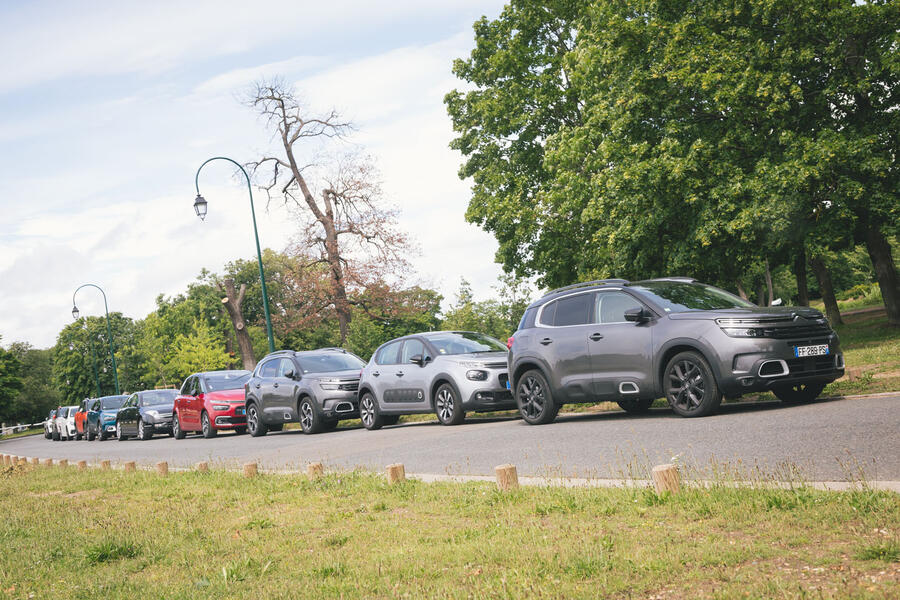
Why so much multi-pronged effort? Because Citroën was late. Its first cars emerged in 1919. By then, Renaults had been produced for 20 years and Peugeot 30, while Germany’s Benz had built the world’s first car in 1886. Acutely aware that he was a Jean-come-lately, Citroën needed to offer something different, relevant and better, and tell people about it. So even the very first Citroën, the Type A, advanced the art of motorcar manufacture not so much with the car itself but the manner in which it was made, Citroën having learned mass-production techniques from Henry Ford himself.
It would not be long before the cars themselves carried much of the advance: the 1934 Traction Avant was an early adopter of front-wheel drive, fully independent suspension and a steel monocoque construction, its modernity yielding a 23-year production life despite it having the turning circle of a small moon. That didn’t discourage Parisian taxi drivers, nor did its heavy steering, droves of Tractions once plying the capital’s elegant streets. In this habitat, the C5 is vastly more wieldy; like any modern, its high-rise seats provide a good view of Parisian boulevards besides bolstering your confidence in the urban cut and thrust. Not that you’re likely to have to dodge bullets, as Charles de Gaulle’s driver did during an assassination attempt on the French president in 1962.
His official DS19 took 140 bullets and lost two tyres to punctures, but De Gaulle’s driver performed a high-speed getaway enabled by a hydropneumatic suspension system able to take plenty of cobbled punishment. In calmer circumstances, the DS was a car that could levitate; its high-precision, high-pressure hydraulics allowed it to ride on fluid at heights to suit assorted topographies (and to ease jacking), the same pump powering the steering, the brakes and even the dash-mounted gearlever. The hydraulic hissings and clicks of the spectacularly aerodynamic 1955 DS sped the motorcar deeper into the future than virtually any car before or since.
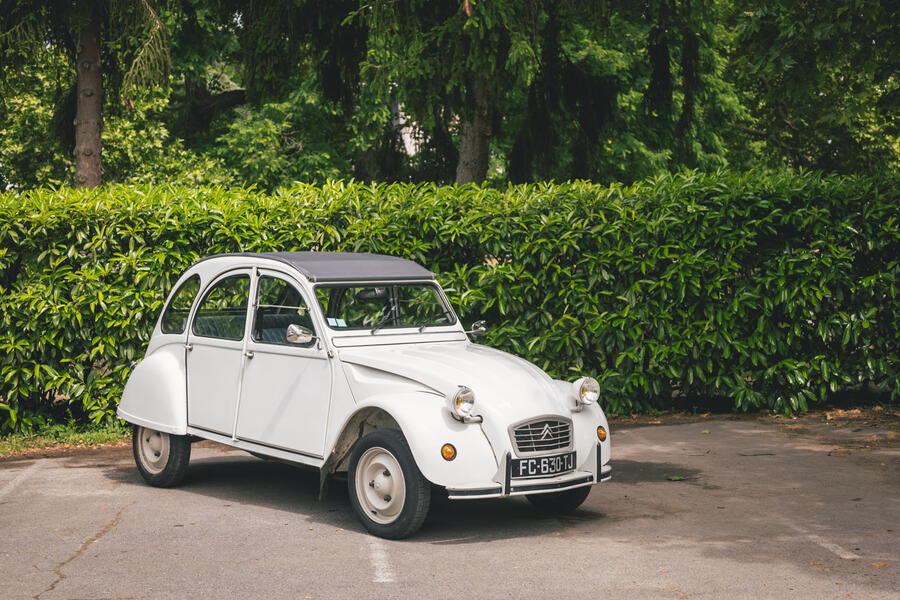
The 1955 DS was merely one of a trio of brilliant Citroëns to emerge over a little more than two decades – the Traction Avant was joined a mere 14 years later (it would have been sooner but for World War II) by the robustly ingenious, low-cost 2CV. In later years, these models have been both a blessing and a curse for the marque, their design brilliance dazzling enough to trigger disappointment at the many prosaic Citroëns that have followed. Several of these saved the company by turning profits undreamed of during the ’60s and ’70s, many more have kept it that way. Yet the DS was hardly the last of the Double Chevron’s brilliance – the GS, SM, CX, Visa, BX, Xantia, Citroen C4 and C6 were all boldly individual.
The C5 Aircross is not a Citroën that uncovers fresh engineering vistas, but its room, comfort and convenience are qualities shared with lots predecessors, blending them with subtle accomplishment. Its styling won’t get you stabbing the camera app of your smartphone, but it’s a handsome, early step along what promises to be a more exciting road for Citroën, signposted by the excitingly imaginative Ami One and 19_19.
‘This is not a student project’: how Pierre Leclercq is reinventing Citroen
When you see the Citroën 19_19 and Ami One concepts, especially together, it’s quite easy to conclude that they’re boldly different enough to be semi-irrelevant. But Pierre Leclercq, Citroën’s head of design, says of the 19_19: “There’s nothing too crazy about it. We’re trying to be professional. This is not a student project.” As partial proof of this, he points out that tyre maker Goodyear “spent a lot of money on the concept”. Citroën’s designers were concerned that with its huge wheels, “it might not work well, so we got Goodyear to explore the wheel and tyre, which they spent several months working on”. There would be little point in that if this rather exciting big-wheel concept was purely decorative.

Leclercq says: “Concept cars are there to inspire us, the company and the industry. Our concept car designers also work on the production cars, and we always go back to them when we’re developing new cars. The Ami One is visionary in the short-term future, the 19_19 is for 2030, so we had more freedom.”
The pair are a fine celebration of Citroën’s 100 years, bookending its model range and pregnant with interesting ideas. But the inevitable question: will we see this exciting, fresh thinking in Citroën’s showrooms?
Leclercq joined Citroën from Kia last year and certainly sounds bullish: “Reinvention is what we’ll do – not just adding a bit of water to the soup. We’ll push. We’re always talking about revolution. I like to work for a company making a revolution with every generation. Citroën has always brought something different. We’ve got to have a story, and it’s got to be very coherent.
“The next five years is not just an evolution – we want to do more than this. We’re facing the biggest change in the car industry, and with all that change comes new technology. Some people are worried and prefer to retire. I’m excited. By 2030, we’ll look totally different to today. We’ll have more freedom to change proportions. Citroëns will have better proportions in the future, and more differentiation from other brands. It’s very positive.”
That differentiation will come from “the contrast between the flowing lines of our cars, a reflection of their aeronautics, and different interiors, which will be super-simple. This contrast will be the future of Citroën.”
Leclercq’s enthusiasm is further fuelled by the rising importance of design. “Around 15, 20 years ago, design was a luxury,” he says, not only in cars but in the wider world. Luxury Italian furniture maker Boffi is about design but so is Ikea, he says by way of example. In car design 50 years ago, Leclercq adds, “all the engineering was done in-house, and the design was done outside. Now the engineering is done with suppliers, and the design is in-house.” And in Citroën’s house, it sounds very exciting.
Read more
First drive: Citroen Ami One concept​
First drive: Citroen 19_19 concept review​
100 years of Citroën - a picture history

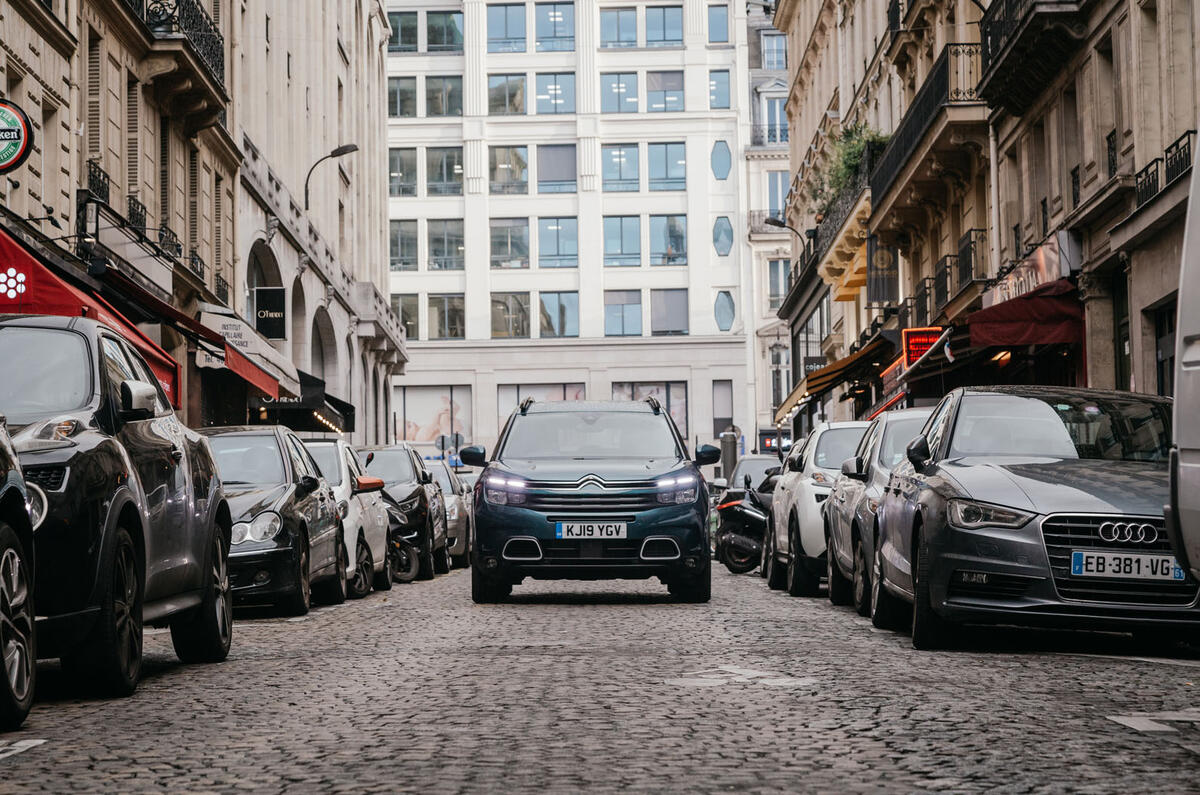
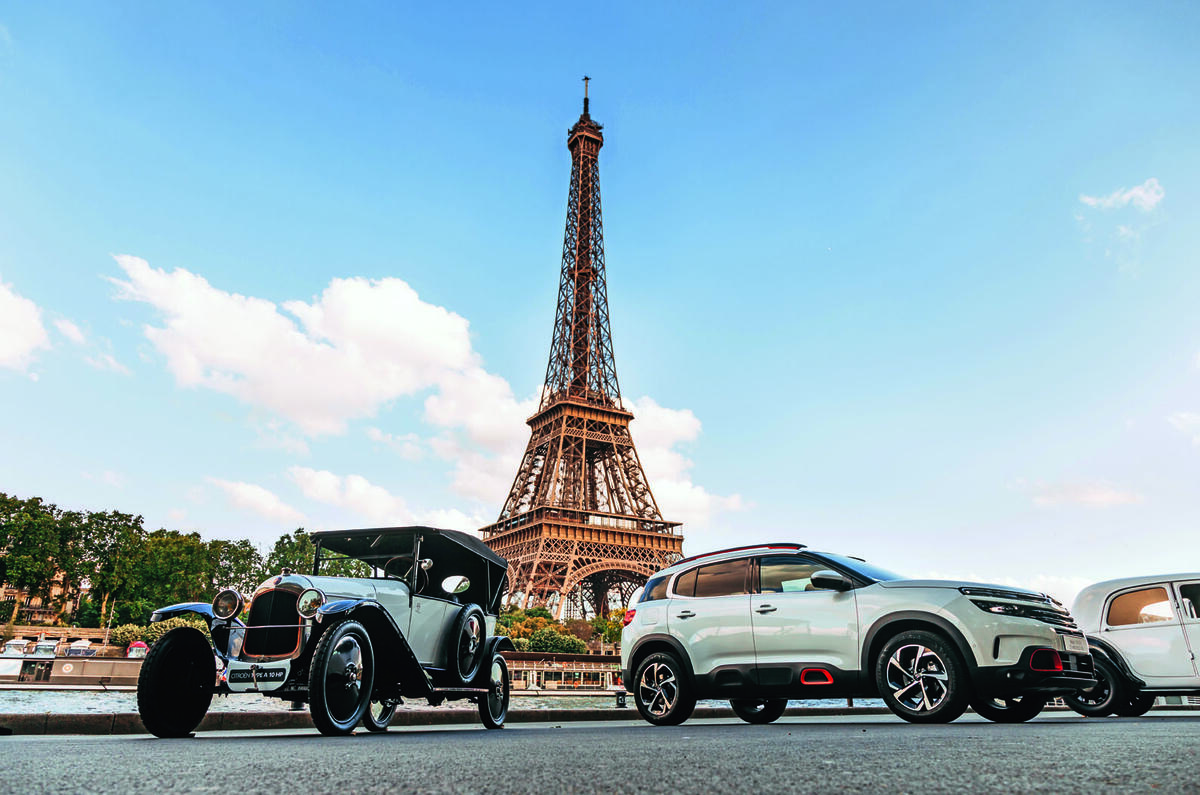
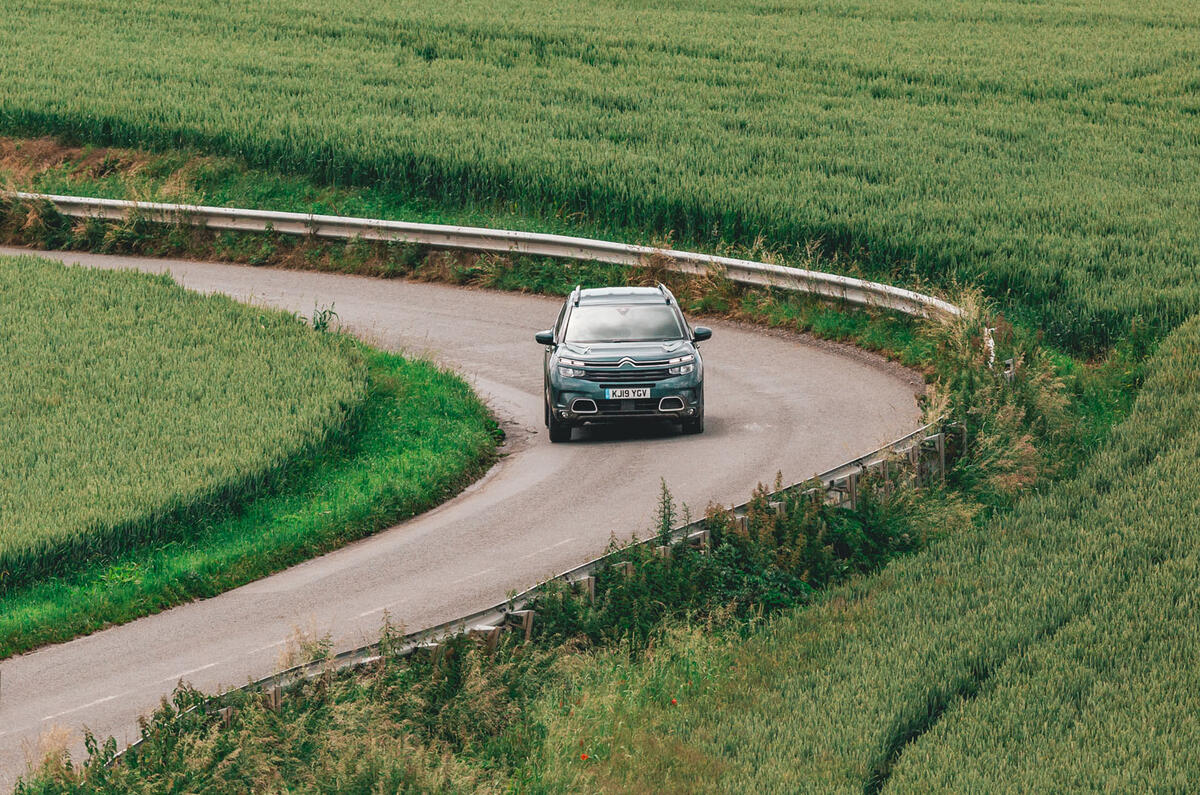
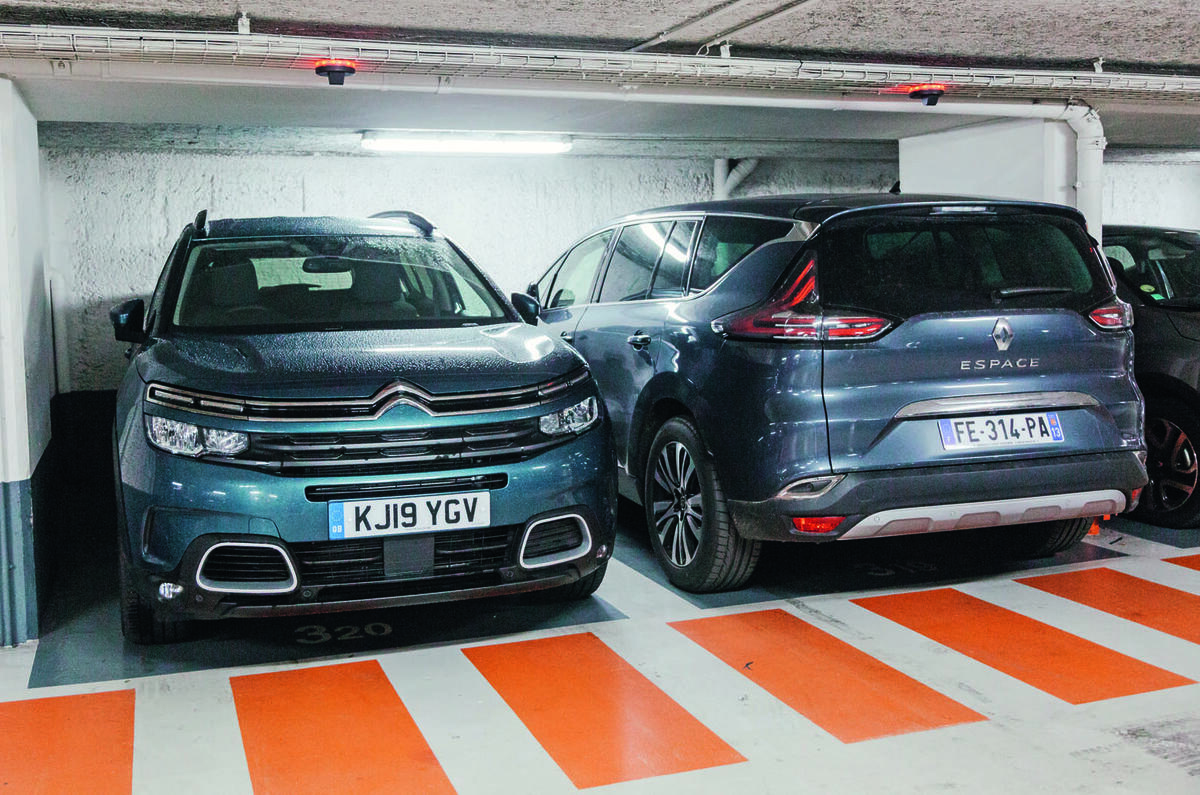
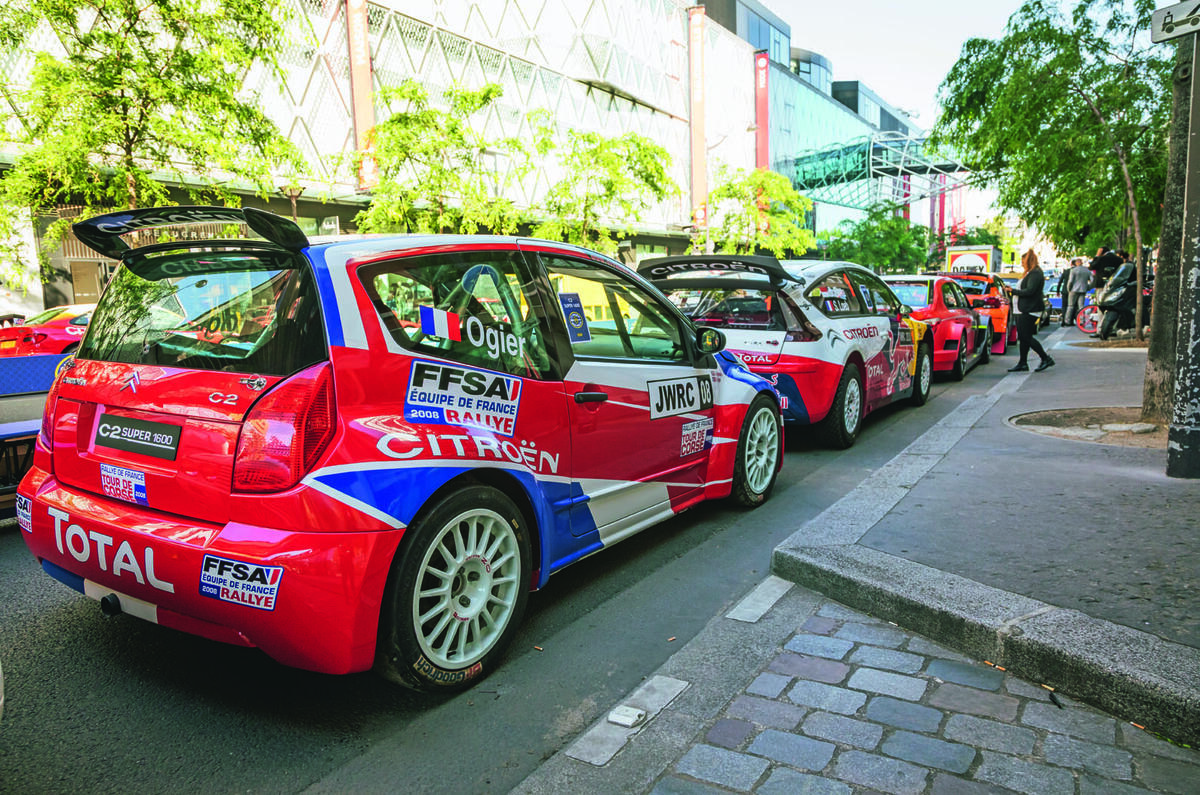

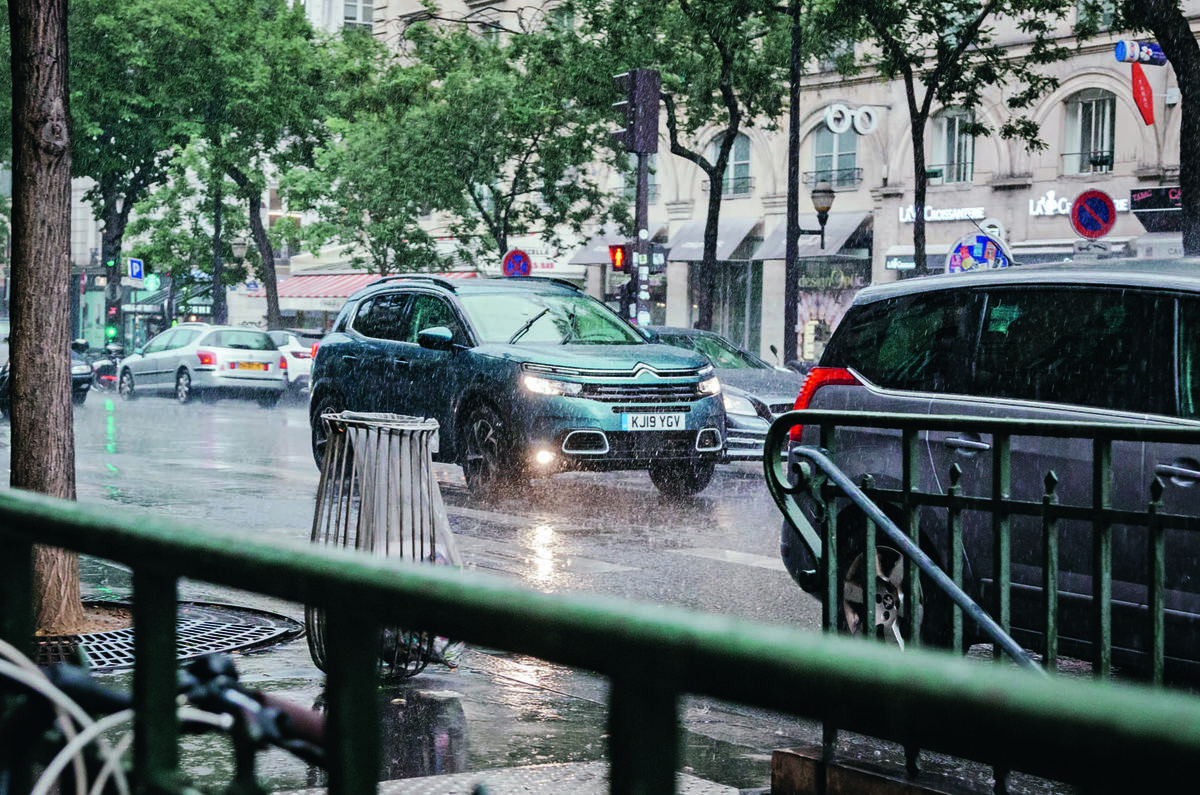
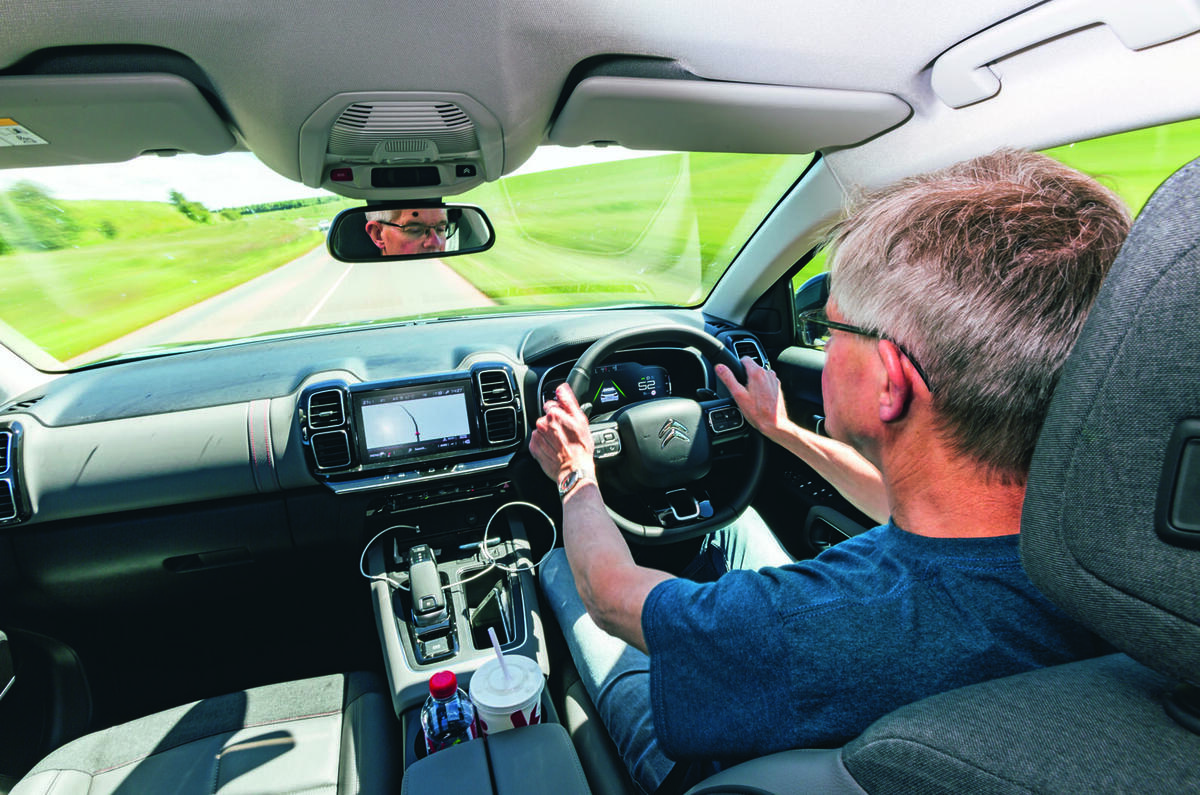


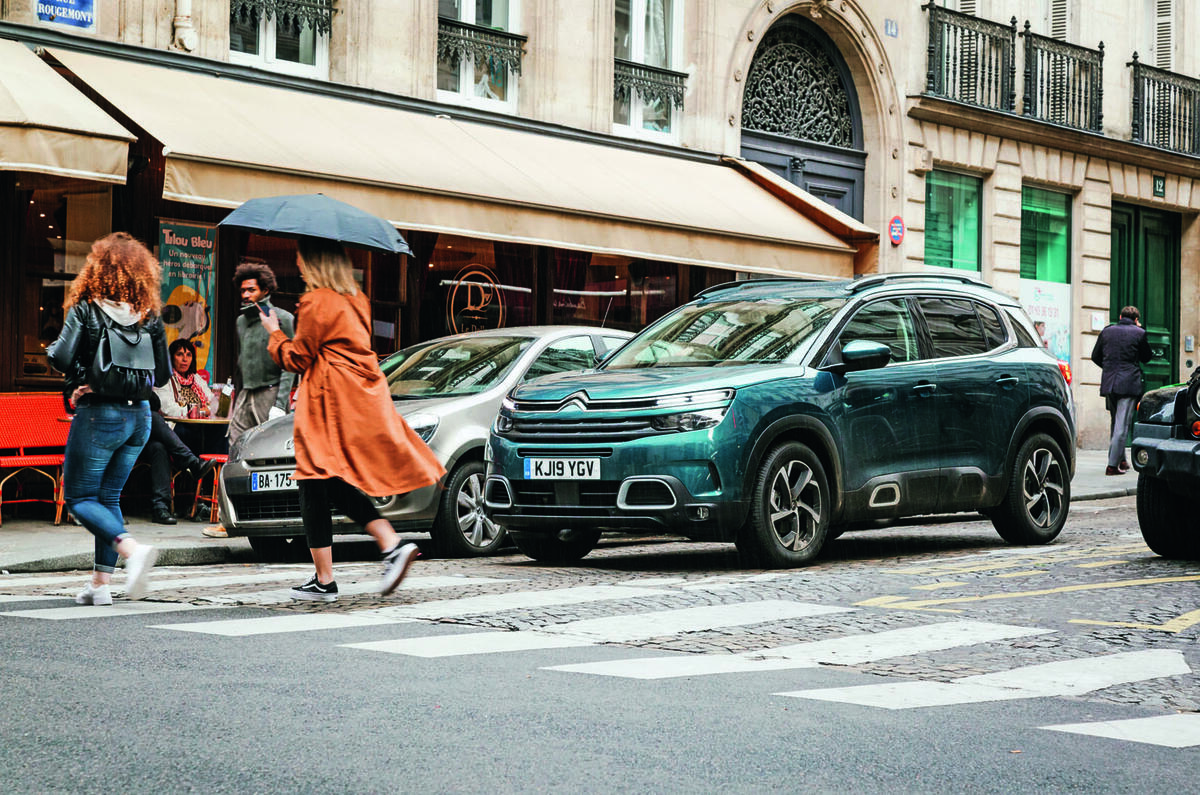

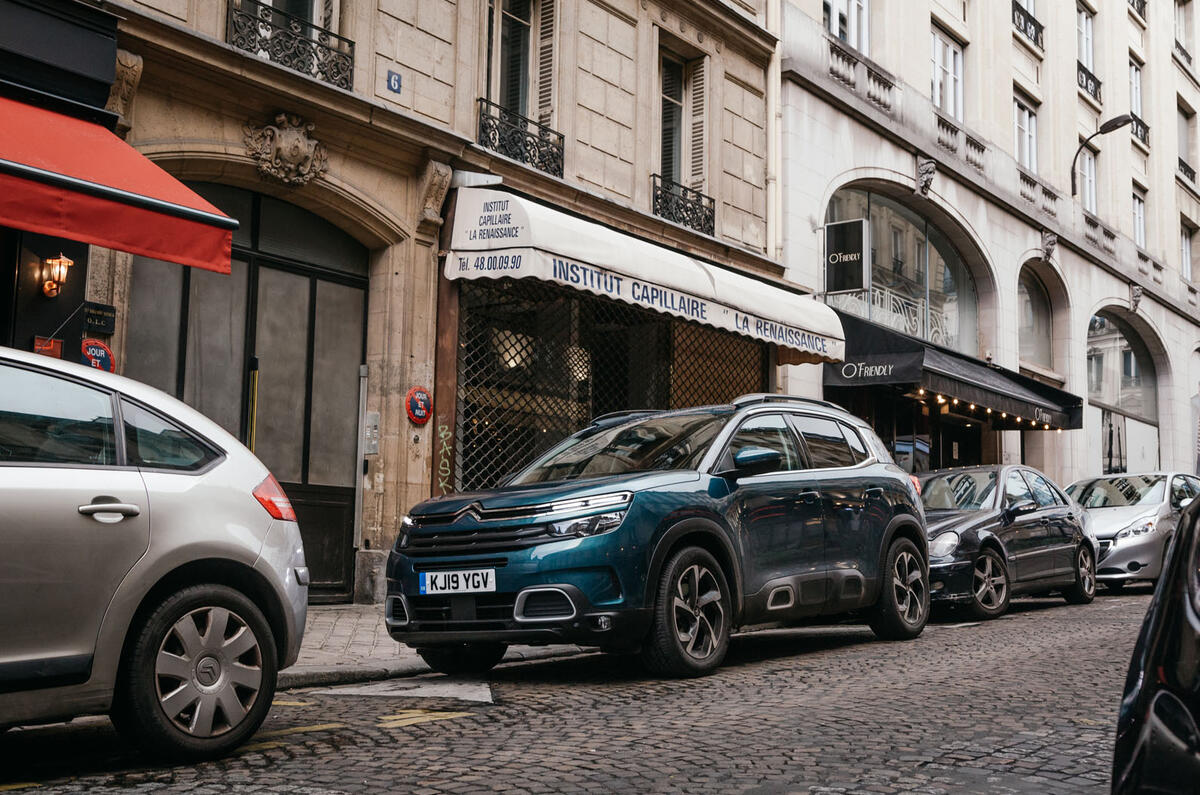
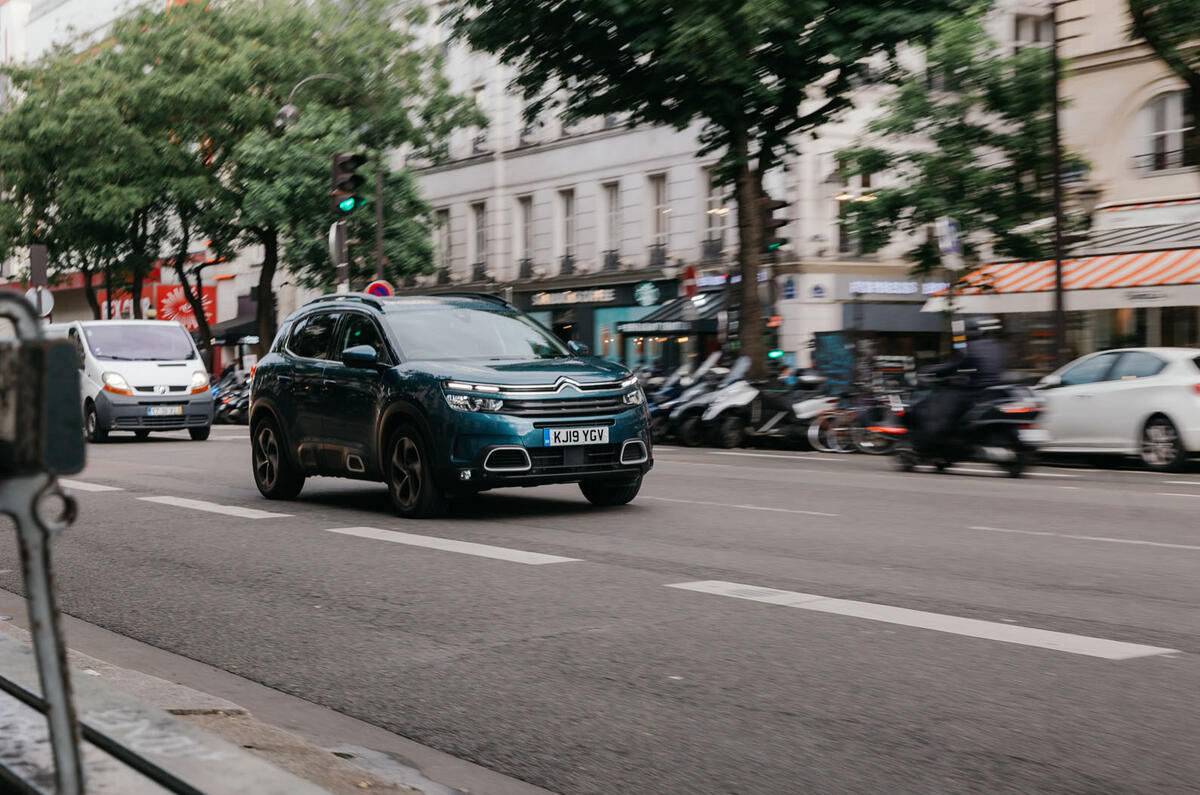
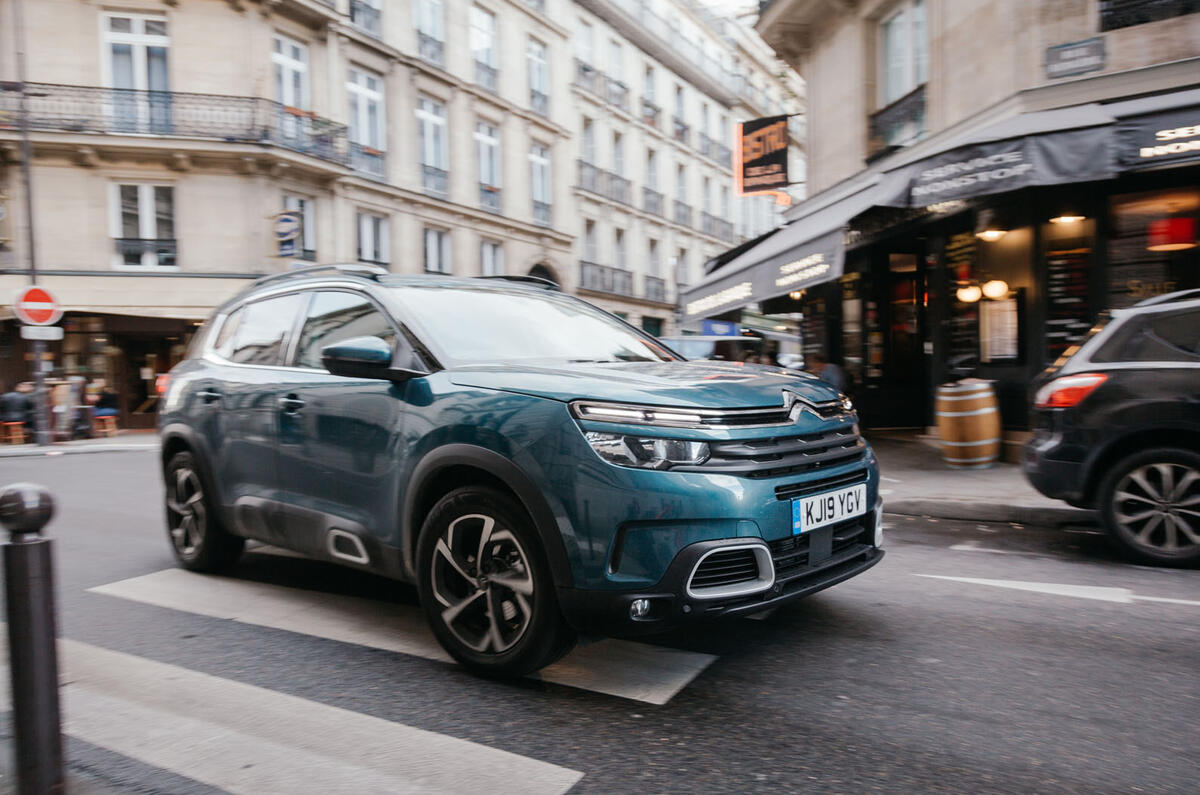
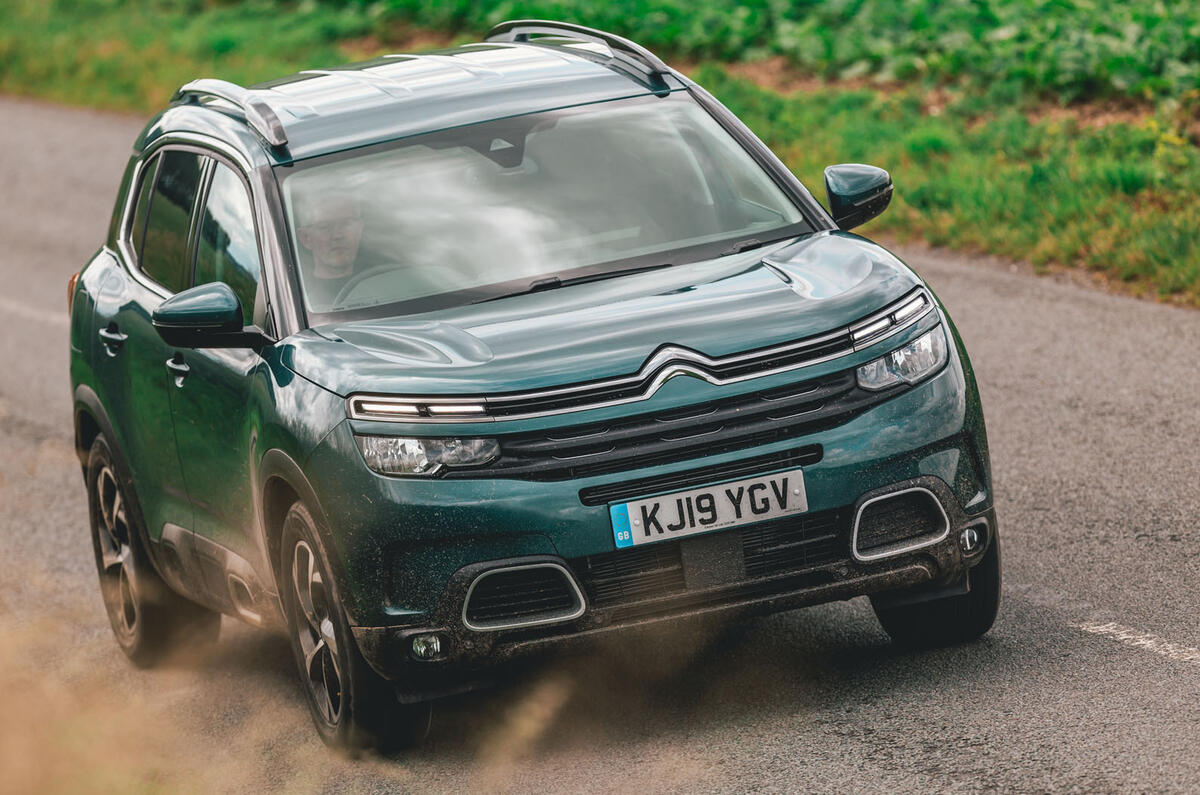
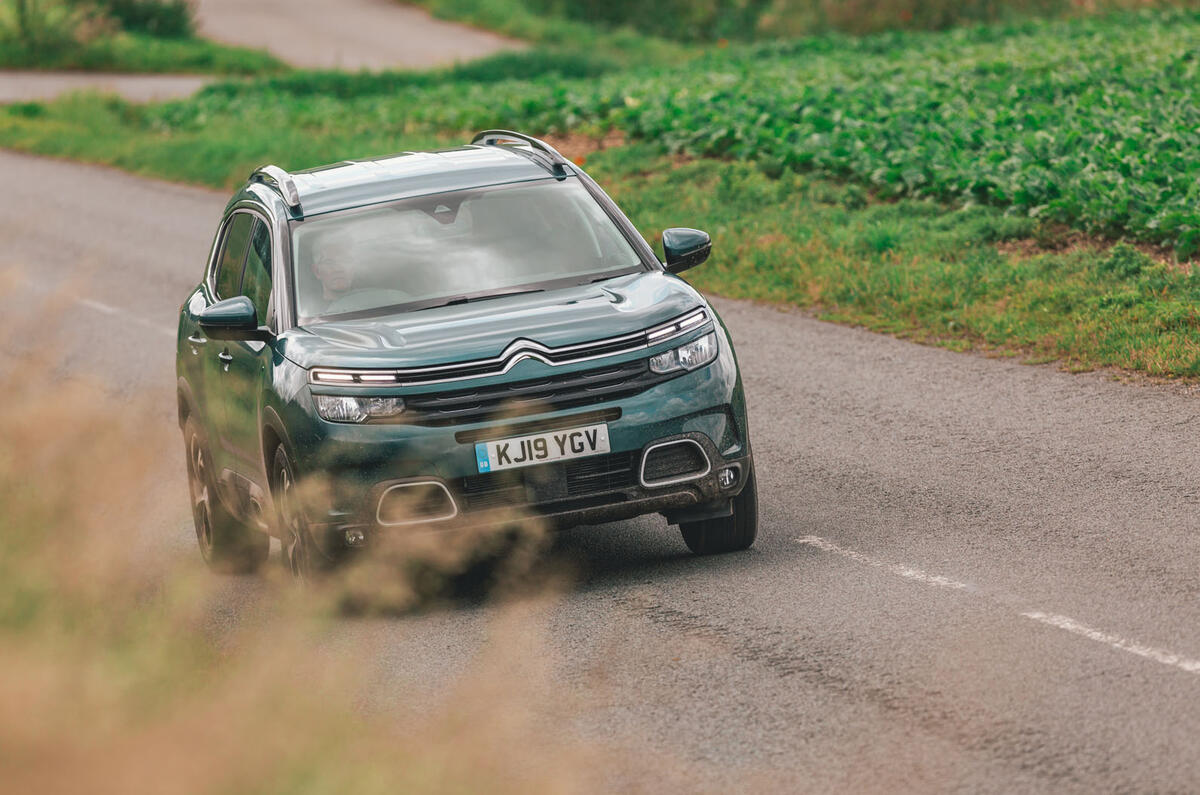
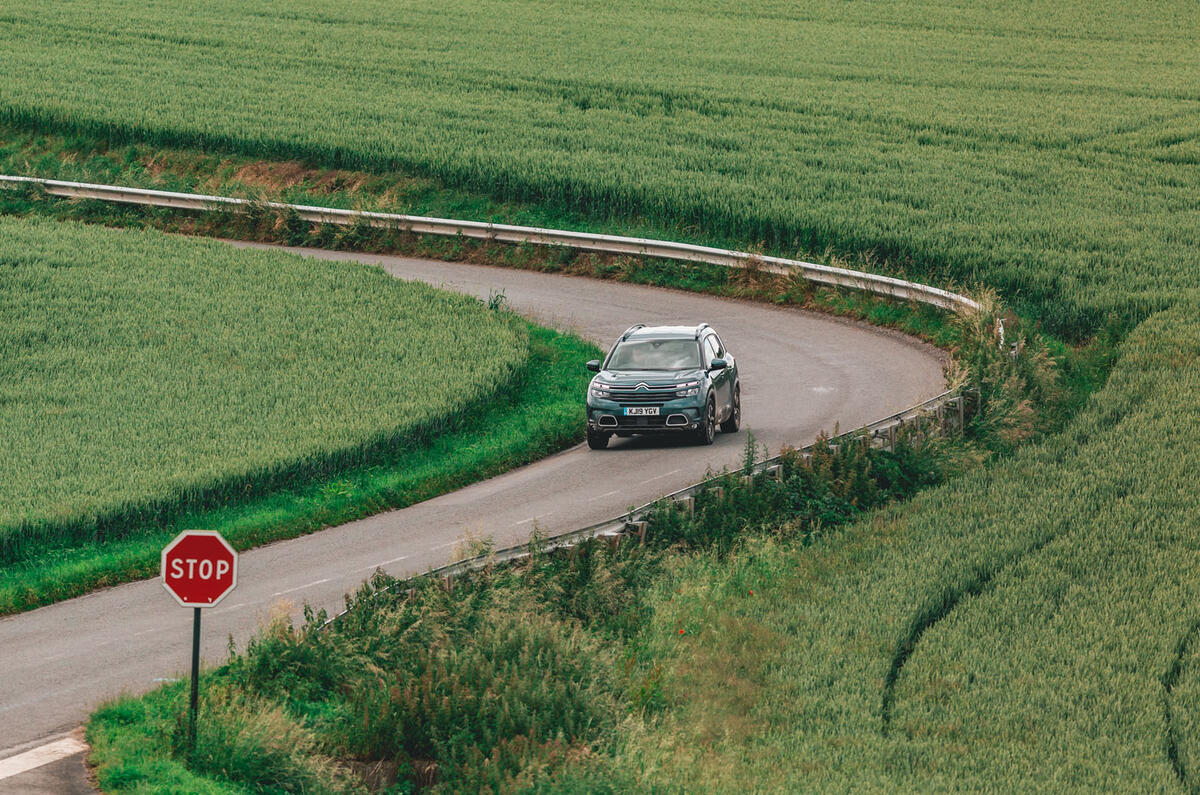
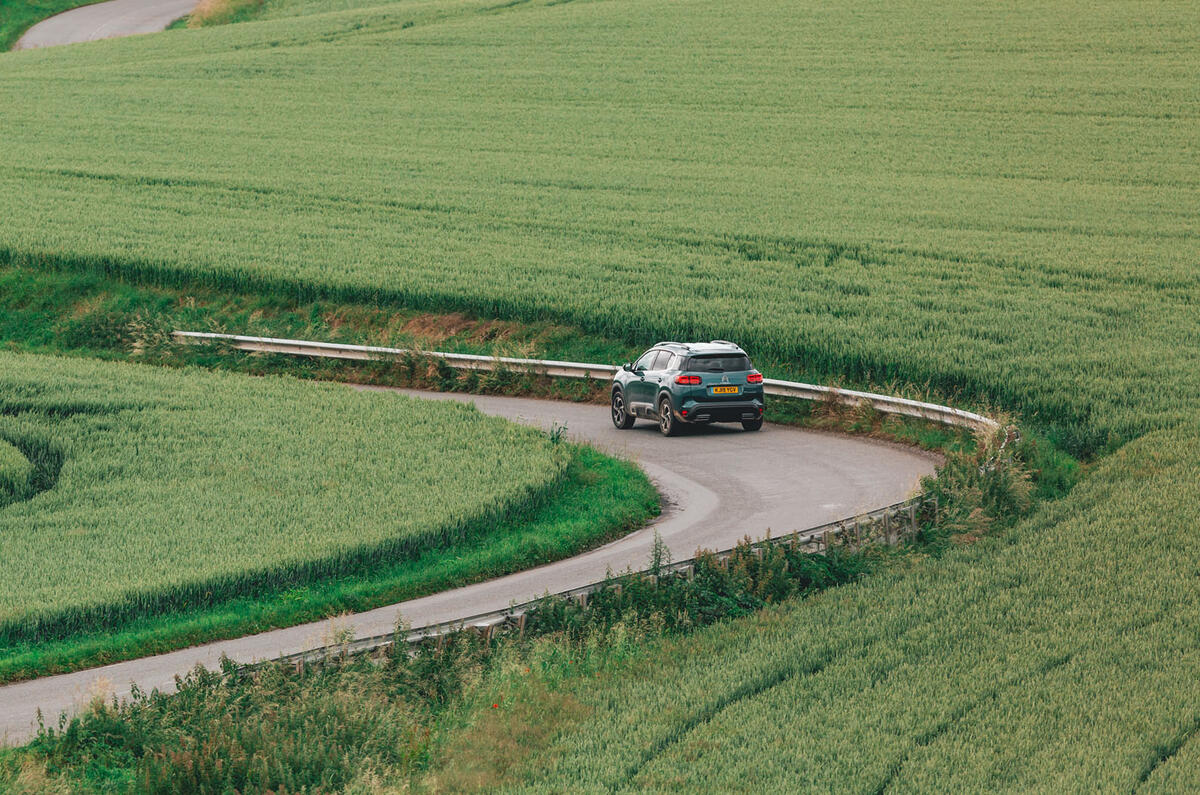

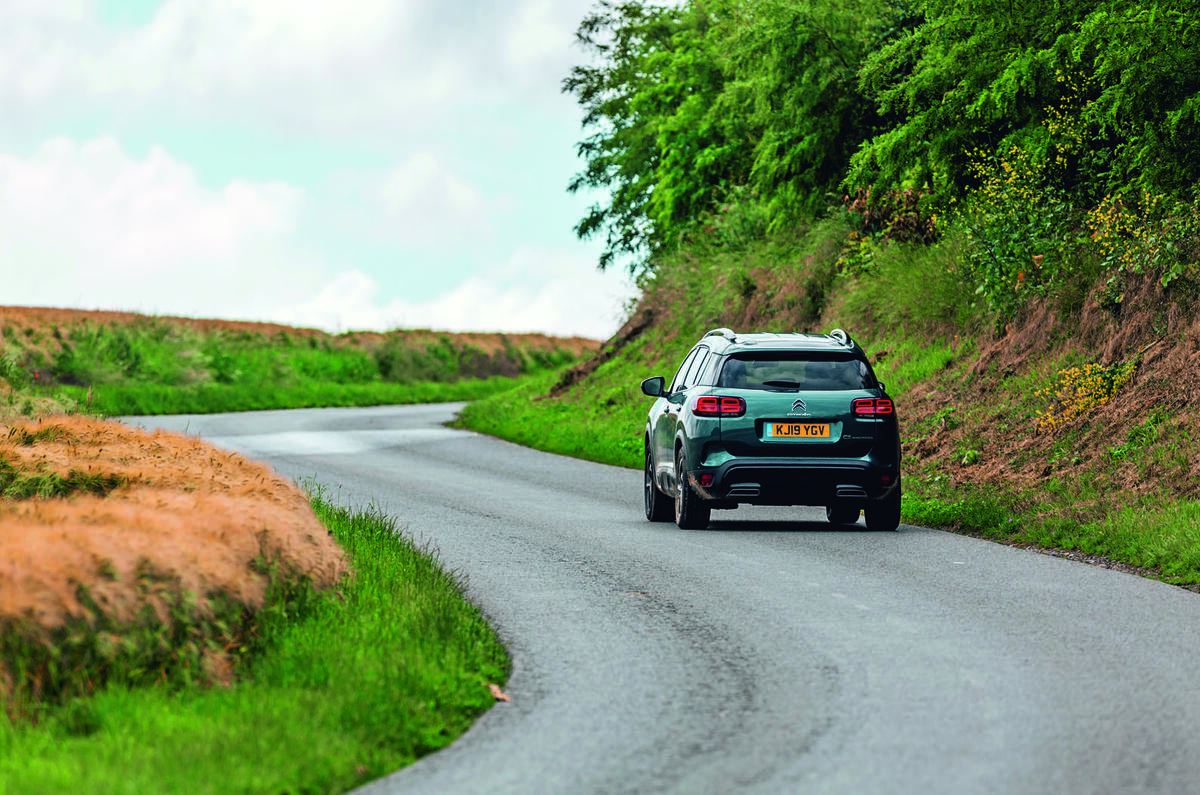


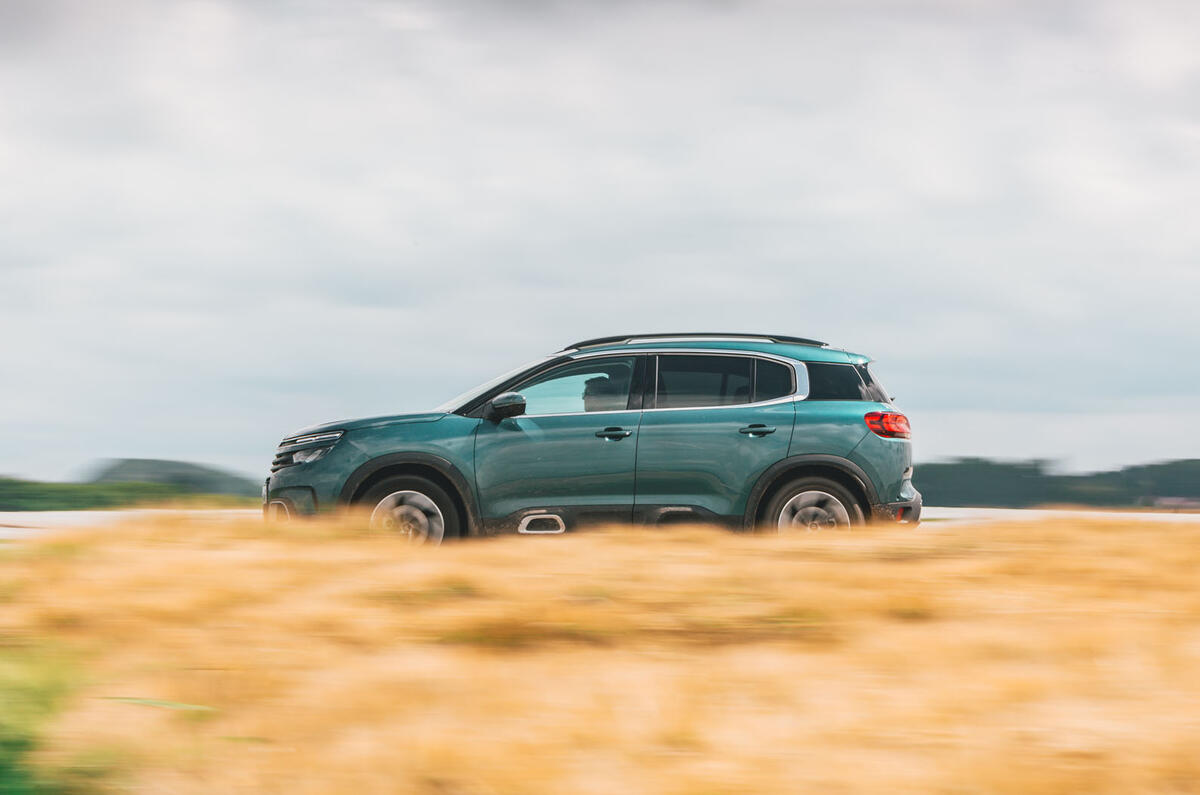
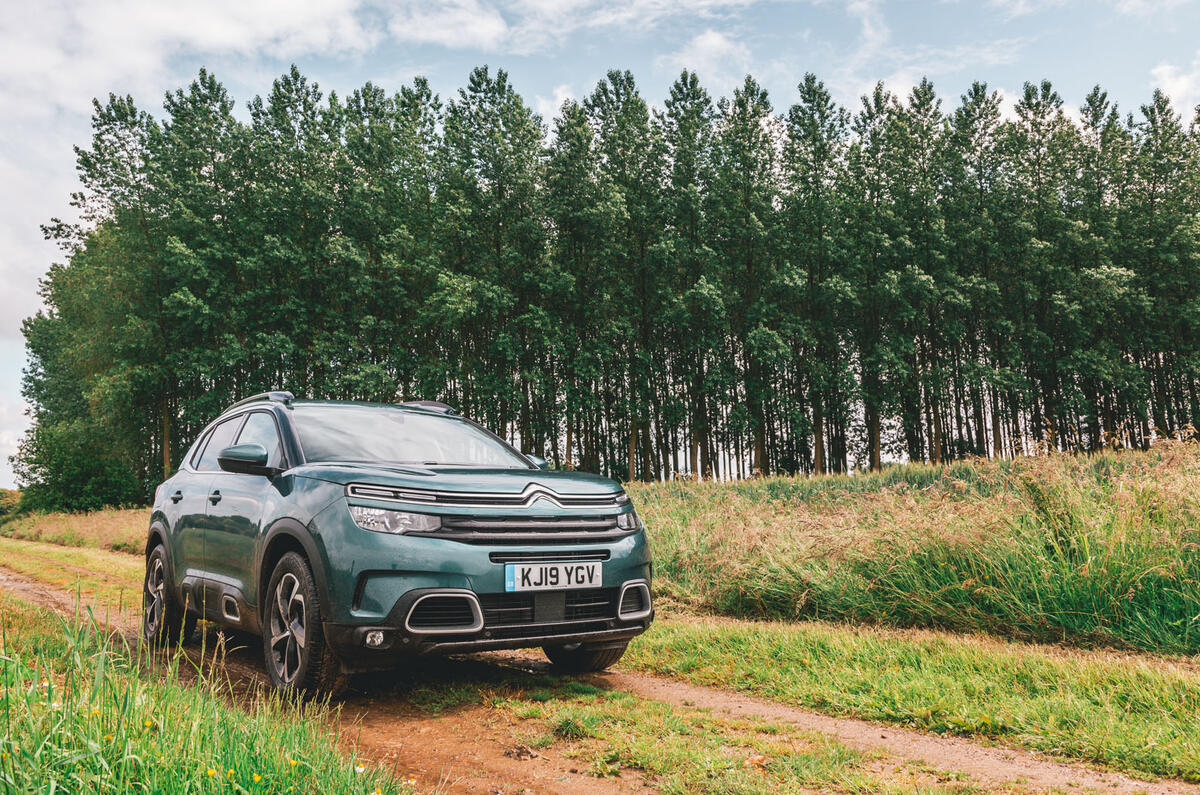


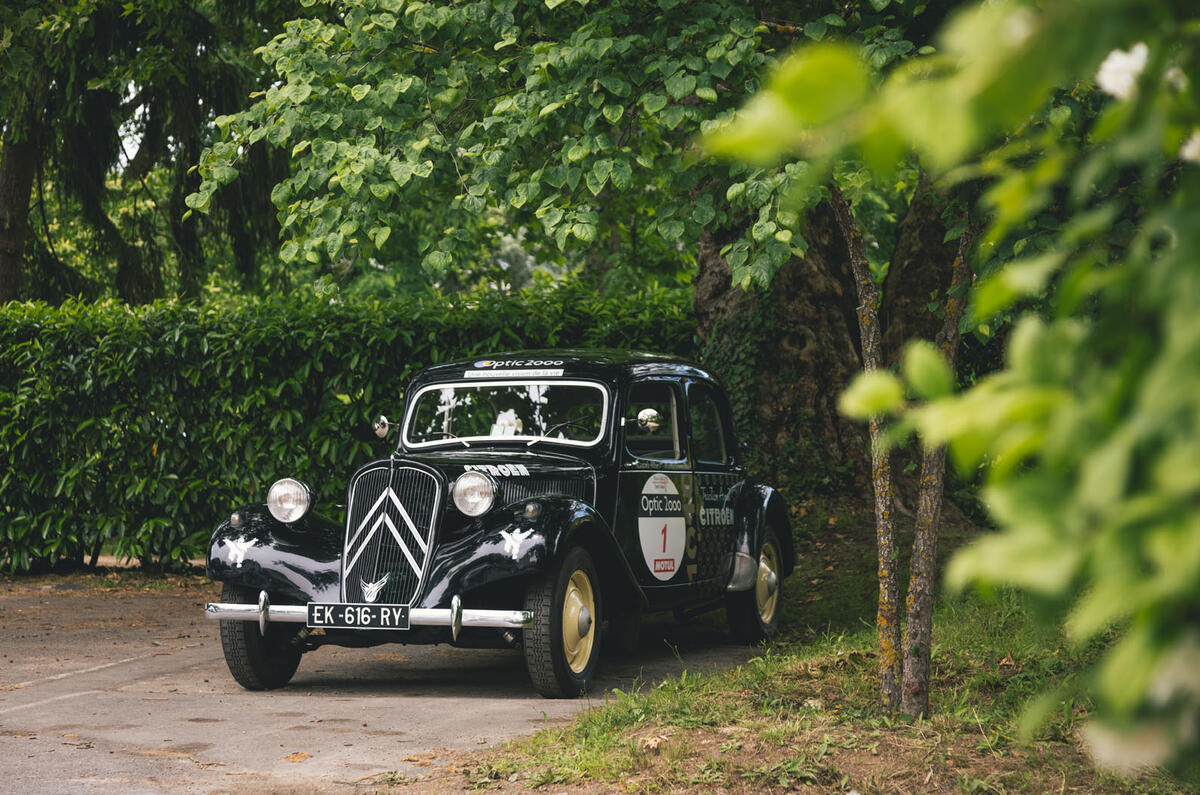
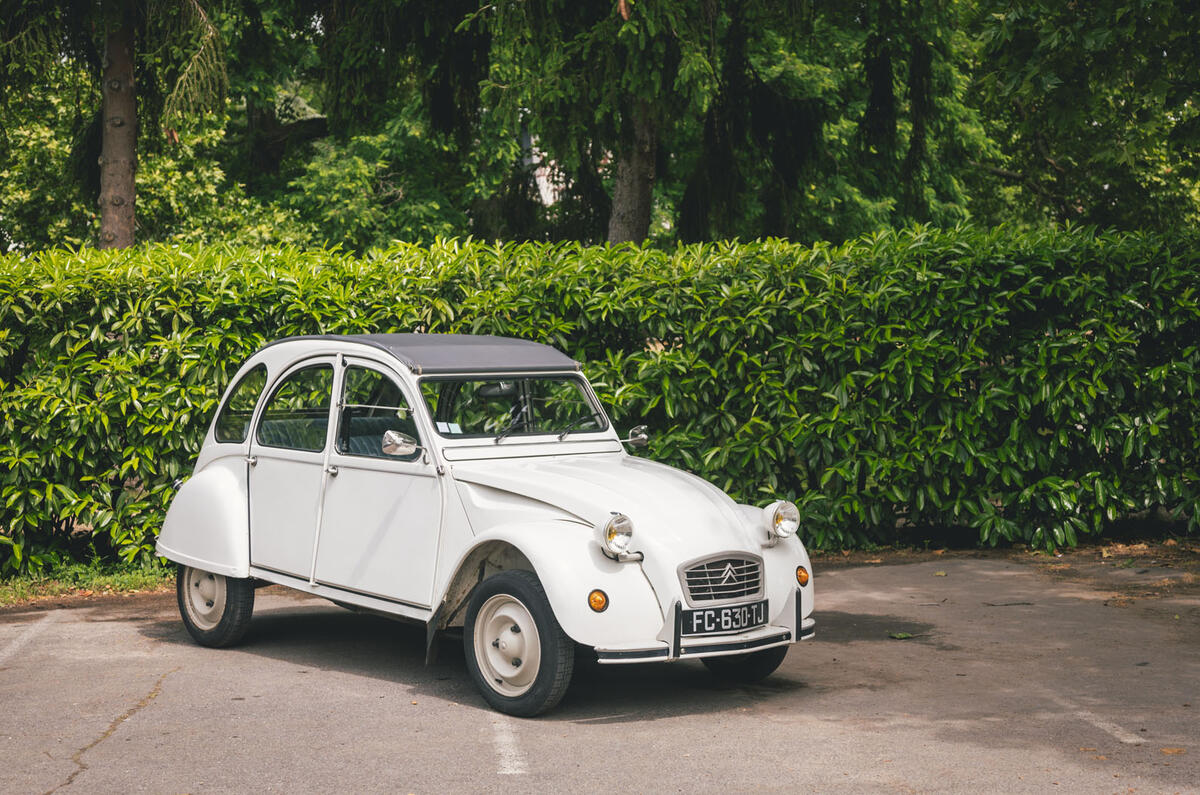
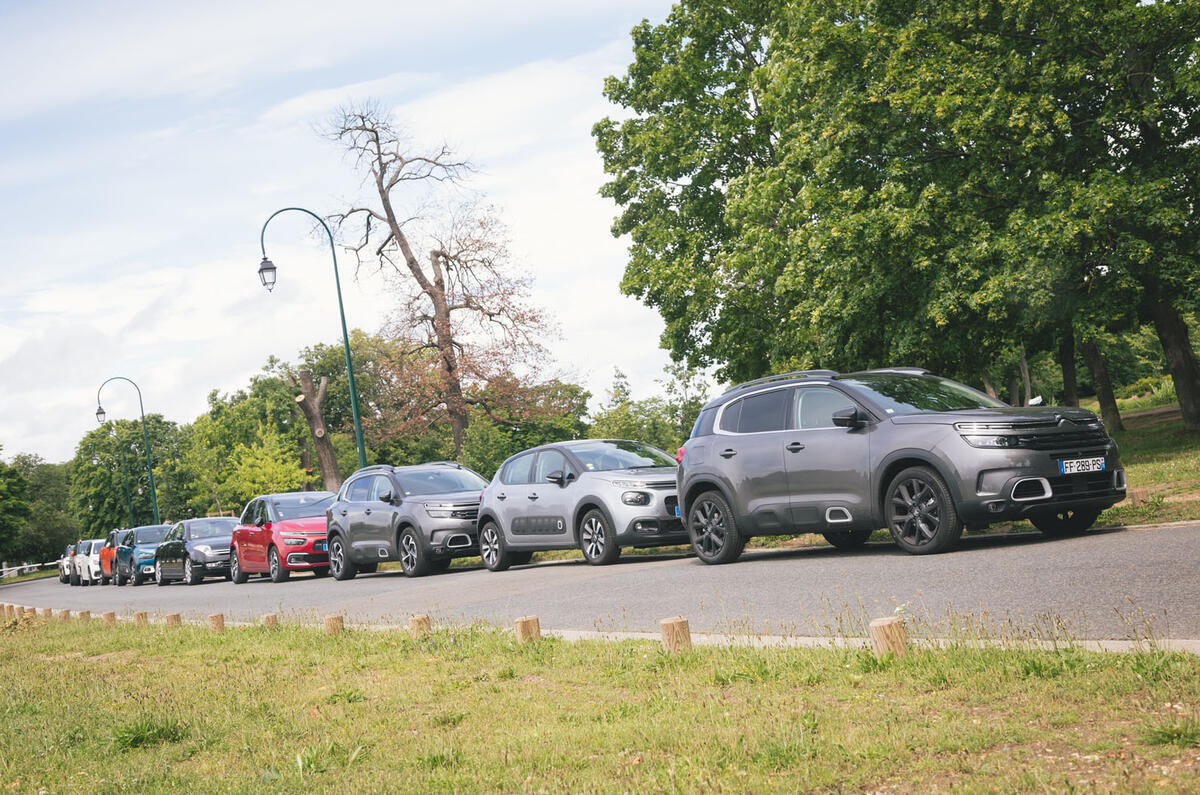


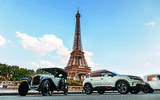

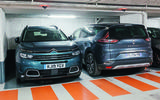





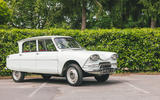
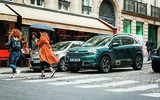
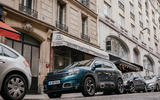
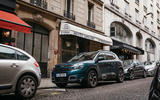
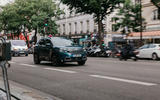

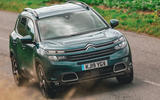

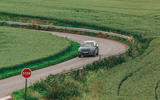
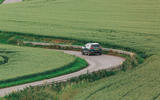
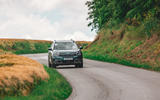
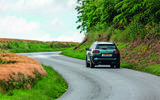

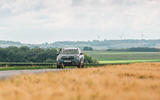
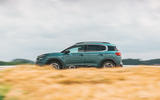
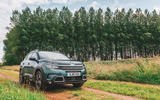
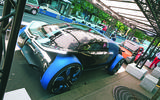
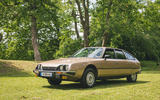
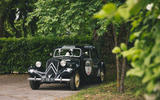
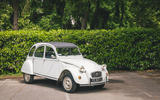
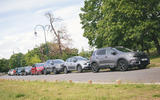



Join the debate
Add your comment
Autocar you need to make your
Autocar you need to make your website so you don't have to blacklist it for viewing on displays that are used by children. It is a shame because I use to enjoy reading it as a child.
On Jim Holder's piece about
On Jim Holder's piece about why Dyson failed, my comment was that maybe he failed because his website was inundated with spam and they were too damn lazy to do anything about it. My comment was deleted but none of the spam was. How's that for valuing your readership?